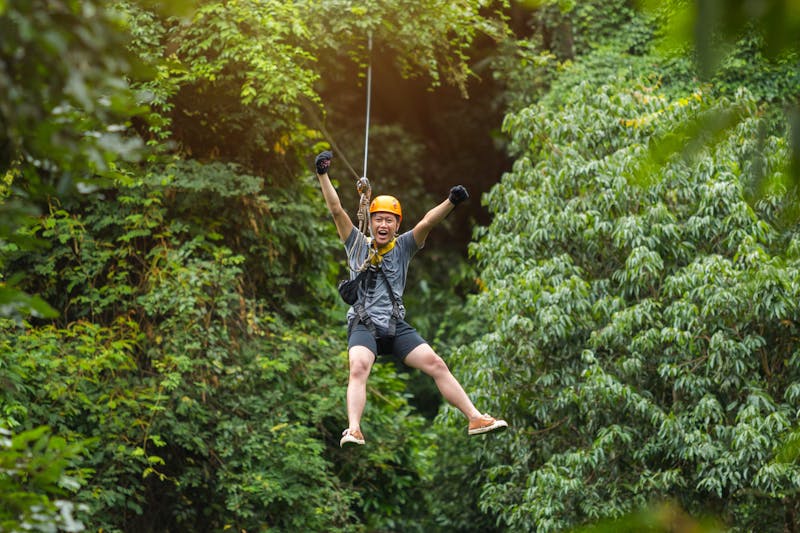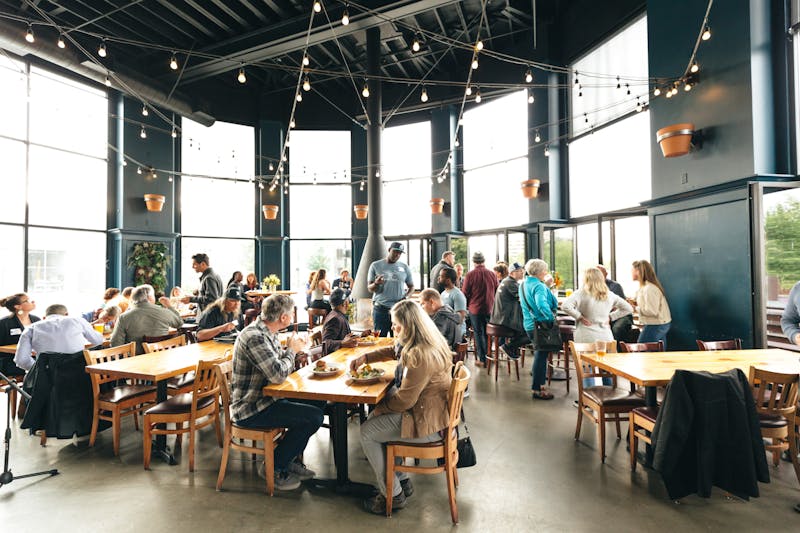Come One, Come All: Why & How to Make Your Tours More Accessible

One of tourism’s core tenets is creating opportunities for all people to experience different places and cultures. To further this cause and progress our industry and our own businesses, it’s crucial to accommodate tourists with different needs and to make our tours and activities more accessible. By taking the time to fully consider the diverse needs of your future customers, you will enable more people to enjoy the experiences you provide.
Read on to learn how accessibility can benefit your business and the steps you can take to make your experiences more accessible.
What Does Accessibility Mean?
Simply put, accessibility is the practice of ensuring that a product or service is usable and enjoyable for as many people as possible, regardless of their unique needs or limitations.
People often associate accessibility with accommodating those with physical disabilities, such as mobility impairment, visual impairment, hearing impairment, and some forms of neurodivergence. However, accessibility also includes invisible disabilities and other needs that would not typically be considered disabilities, such as chronic illness, age, not being fluent in the dominant language of the location, and more.
True accessibility takes a holistic approach. Piecemeal solutions that only address a specific need can introduce further complications and draw arbitrary distinctions between people with accessibility needs and those without. Rather than catering to a specific need, accessibility begins with creating environments that benefit everyone.
Why Is Accessibility Important to My Tourism Business?
First and foremost, accessibility creates an inclusive environment that is welcoming to all. Beyond being the right thing to do, improving accessibility also has economic benefits for your business:
- People with different accessibility needs represent a large segment of the tourism industry. In the E.U. and U.S. alone, the accessible tourism market represents a $70 billion opportunity (Amadeus).
- When your tours are not accessible, you’re not just losing out on one person’s booking. People tend to travel in groups, and if one of them can’t participate in your tour or activity, you’ll likely lose the entire group’s booking.
- Improving accessibility increases bookings, builds customer loyalty, and is likely to lead to better reviews and word-of-mouth referrals.
How Can I Make My Tours More Accessible?
Making your offerings more accessible is an evolving process that is different for every business, but here are some places where you can start:
- Consider your whole experience from beginning (the moment someone starts searching for an experience) to end (the moment they complete the experience) to identify what barriers exist and what you can do to remove them. Common barriers include:
- Steps or curbs that don’t allow a person with mobility impairments to access a space
- Visual or auditory messaging that doesn’t accommodate people with different needs (such as braille, American Sign Language, or captioning)
- Lack of accessible transportation, such as vehicles or watercraft that can accommodate people in wheelchairs
- Make information about accessibility easy to find during the booking process. Lack of information is one of the biggest barriers to booking for people with specific accessibility concerns. Include this information in your activity description and FAQ page. For example, for a food tour, call out how you accommodate food allergies and sensitivities and what information you need from guests to do this.
- Listen to feedback from customers with various accessibility needs. If a guest leaves you a negative review regarding the accessibility of the experience, consider how you can improve your tours in the future. If a potential customer contacts you with an accessibility question, think about how you can make that information easier to find on your website.
- Educate yourself and your employees on how to accommodate different needs. Tourism is a customer service industry, and aiming to make every guests’ experience a positive one is paramount. Excellent, personalized customer service equates to positive reviews, return business, and good vibes all around.
- Remember that inclusivity is not just for your customers — try to employ people with different accessibility needs than your own. Having a diverse employee base brings a variety of perspectives to your business, and your employees can provide insight that you otherwise wouldn’t have. A truly accessible business considers the needs of both their customers and employees.
Through advances in technology, the increased availability of information, and a growing understanding of the needs and viewpoints of all human beings, our world is slowly but surely becoming a more accessible place. People who haven’t been able to travel in the past now have more opportunities to do so, and you can make a positive impact by contributing to increased accessibility.
Making your tours and activities more accessible not only opens up a new market for your business, but it also exposes your experiences to new groups of people, and that’s what travel and tourism is all about.
Do you use FareHarbor? View the full guide to making your tours more accessible on FareHarbor Compass! This article offers even more actionable advice you can implement today.


